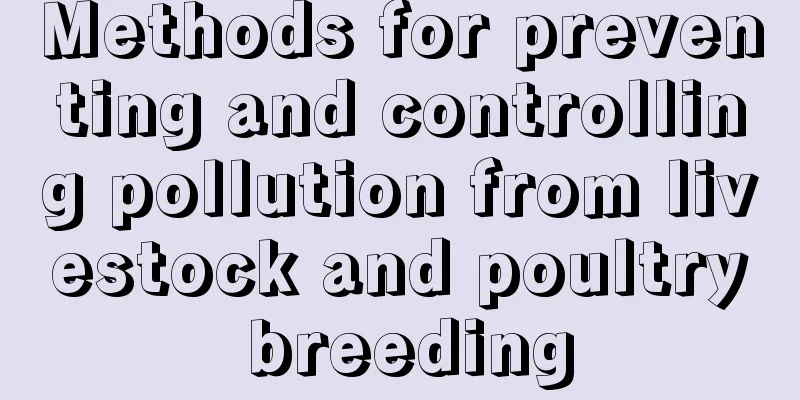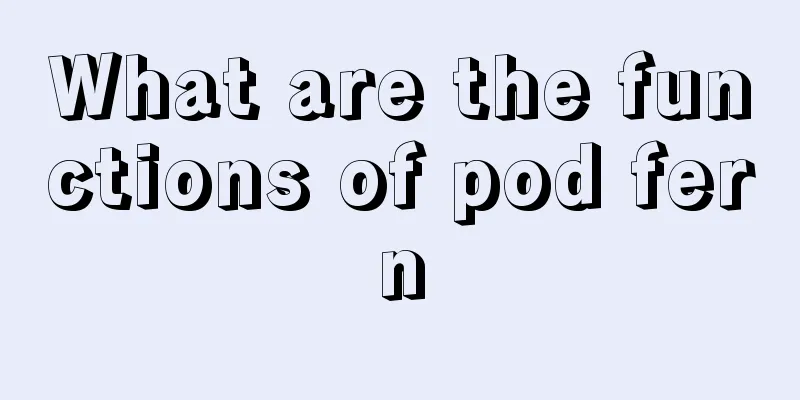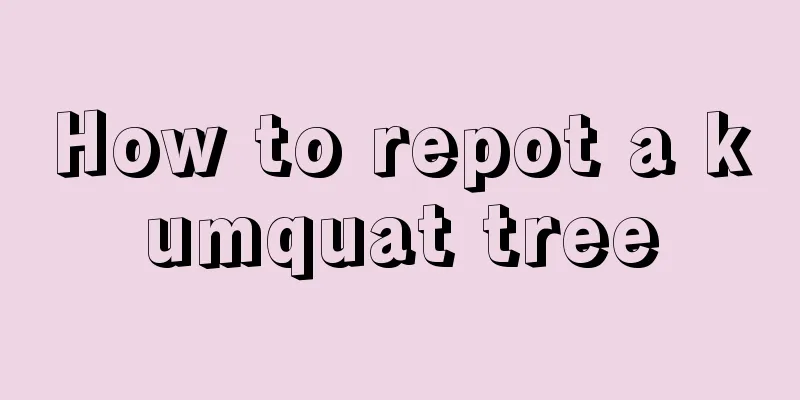Methods for preventing and controlling pollution from livestock and poultry breeding

|
As China's animal husbandry industry continues to develop towards intensive and large-scale directions, the scale of breeding has gradually expanded. However, at this stage, livestock and poultry breeding pollution is serious, causing damage to the surrounding ecological environment. Here are some methods to prevent and control pollution from livestock and poultry farming. 1. Scientific layout Whether developing intensive large-scale breeding industry or small and medium-scale breeding industry, the carrying capacity of the environment should be fully considered, and the requirements of pollutant prevention and control in different regions should be combined to comprehensively consider the scientific planning of the production layout of the animal husbandry industry, so as to avoid farmers building farms in prohibited and restricted areas and control the scale and number of breeding. 2. Raise the threshold for breeding Before building a new farm or renovating or expanding a farm, a comprehensive assessment should be made of the ecological environment carrying capacity, soil fertility, and fertilizer requirements of crops around the farm. Appropriate environmental pollutant treatment facilities should be installed, and the environmental impact assessment system should be strictly implemented to control the occurrence of livestock breeding pollution at the source. In addition, law enforcement supervision of farms should be strengthened, law enforcement efficiency should be improved, and illegal discharge of pollutants should be discovered in a timely manner. 3. Strengthen the management of pollutants In the process of building a mechanism for pollutant prevention and control, we should strengthen the linkage mechanism among environmental protection, animal husbandry, development and reform, finance, statistics, and the government. We should further clarify the specific responsibilities and scope of work of each department in livestock breeding pollution from a system perspective. We should further clarify the specific responsibilities and scope of work of each department in livestock breeding pollution from a system perspective, improve the quality of daily supervision, and incorporate livestock breeding pollution into the performance appraisal of township governments to ensure that various regulatory mechanisms can be strictly implemented. 4. Strengthen the treatment of livestock and poultry manure It is necessary to strengthen the treatment measures for livestock and poultry manure. On the one hand, high-temperature composting is implemented, because livestock and poultry manure contains many elements that are beneficial to crops. Therefore, the processed livestock and poultry excrement can be sold to agricultural growers as fertilizer , and can also be processed into organic fertilizer. It can not only improve the economic benefits of livestock and poultry farmers, but also promote the efficient and stable development of China's agriculture. However, during this period, attention should be paid to taking anti-seepage and anti-leakage measures in the sites where livestock and poultry manure are collected to prevent pollution of the surrounding environment and groundwater resources. On the other hand, biogas fermentation is carried out, and the excrement of livestock and poultry is fermented anaerobically using biogas digesters. The gas can provide part of the energy for insulation or fuel production, and the remaining part can be made into fertilizer. This can not only reduce pollution to the environment, but also improve China's economic level, and also provide strong support for China's sustainable development. 5. Terminal treatment of livestock and poultry waste Raising fish in biogas digesters can increase the survival rate of fish fry . Therefore, in the terminal treatment of livestock and poultry wastewater, fish ponds, biological ponds, etc. can be established to avoid pollution while creating considerable economic benefits and give full play to the utilization value of resources. In addition, dry manure cleaning technology can be used to reduce the discharge of livestock and poultry waste, which helps to achieve the recycling of resources and thus minimize the various pollution caused by livestock and poultry farming to the ecological environment. That’s it |
<<: Cultivation method and cultivation technology of Morchella
Recommend
Cultivation methods and precautions of Ligustrum lucidum
1. Maintenance methods 1. Soil: Ligustrum lucidum...
Soak it in water and it can be used as "universal water". Drink some of it on the Kalanchoe and the flower buds will flourish!
We all know that soybeans are a food rich in prot...
When is the best time to transplant Sophora japonica trees? (Sophora japonica tree transplanting time and method)
The best place to transplant a Sophora japonica t...
What are the effects and functions of wild grapes and what are the taboos
1. The efficacy and function of wild grape Wild g...
What flowers are suitable for growing in Nanchong? What are the city flowers and trees?
1. Climate characteristics of Nanchong Nanchong C...
Can asparagus fern be pruned? Can the pruned asparagus fern survive in transplants?
1. Is it possible to prune? During the maintenanc...
Can creeper be potted?
Can creeper be potted? Ivy can be planted in pots...
How does cat's eye arrowroot survive the winter?
Precautions for winter maintenance of cat's e...
When to transplant pepper trees
The Chinese prickly ash tree is a tree with very ...
Pinellia ternata planting conditions, growing environment and region
Introduction to Pinellia Pinellia ternata is also...
Does the kapok tree have fruits? How many kinds are there?
1. Does the kapok tree have fruit? There are many...
How to cultivate Daphne koreana
Growing conditions of Daphne koreana Osmanthus fr...
How does northern amaryllis spend the winter?
1. Potted Planting Winters in the north are relat...
Can lettuce be grown all year round? How many seasons can it be grown in a year?
Lettuce originated from the Mediterranean coast o...
How to grow the Fire Festival
1. Lighting The fire festival likes to grow in an...









